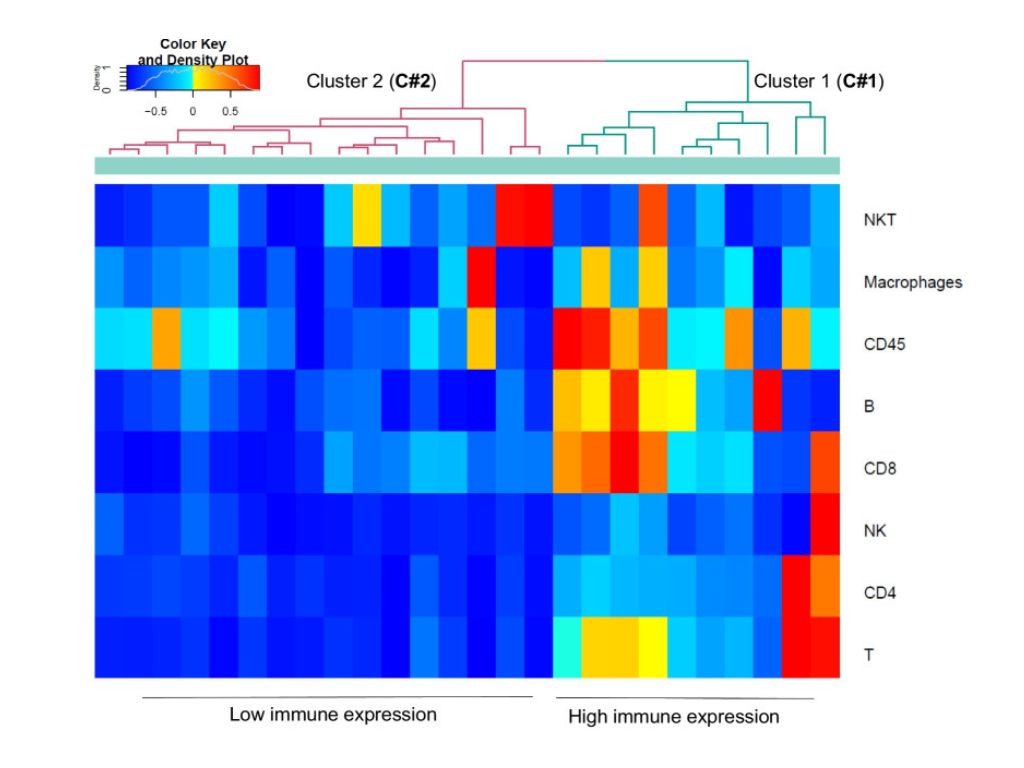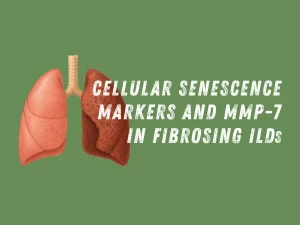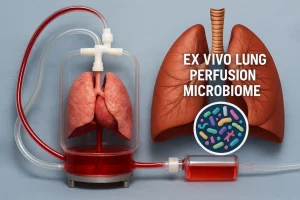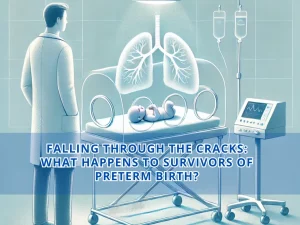Lung immune signatures define two groups of end-stage IPF patients

Background: The role of the immune system in the pathobiology of Idiopathic Pulmonary Fibrosis (IPF) is controversial.
Methods: To investigate it, we calculated immune signatures with Gene Set Variation Analysis (GSVA) and applied them to the lung transcriptome followed by unbiased cluster analysis of GSVA immune-enrichment scores, in 109 IPF patients from the Lung Tissue Research Consortium (LTRC). Results were validated experimentally using cell-based methods (flow cytometry) in lung tissue of IPF patients from the University of Pittsburgh (n = 26). Finally, differential gene expression and hypergeometric test were used to explore non-immune differences between clusters.
Results: We identified two clusters (C#1 and C#2) of IPF patients of similar size in the LTRC dataset. C#1 included 58 patients (53%) with enrichment in GSVA immune signatures, particularly cytotoxic and memory T cells signatures, whereas C#2 included 51 patients (47%) with an overall lower expression of GSVA immune signatures (results were validated by flow cytometry with similar unbiased clustering generation). Differential gene expression between clusters identified differences in cilium, epithelial and secretory cell genes, all of them showing an inverse correlation with the immune response signatures. Notably, both clusters showed distinct features despite clinical similarities.
Conclusions: In end-stage IPF lung tissue, we identified two clusters of patients with very different levels of immune signatures and gene expression but with similar clinical characteristics. Weather these immune clusters differentiate diverse disease trajectories remains unexplored.
Puedes leer el artículo completo aquí: https://pubmed.ncbi.nlm.nih.gov/37770891/
Authors: Tamara Cruz, Núria Mendoza, Sandra Casas-Recasens, Guillaume Noell, Fernanda Hernandez-Gonzalez, Alejandro Frino-Garcia, Xavi Alsina-Restoy, María Molina, Mauricio Rojas, Alvar Agustí, Jacobo Sellares, Rosa Faner.
Noticias relacionadas

Cellular Senescence Markers and Matrix Metalloproteinase-7 Are Co-expressed in Fibrosing Interstitial Lung Diseases
Study highlights the role of cellular senescence markers (p16, p21) and MMP-7 co-expression in fibrosing interstitial lung diseases.

Impact of Ex Vivo Lung Perfusion System on the Lung Microbiome
Discover how ex vivo lung perfusion (EVLP) impacts the lung microbiome and its implications for improving donor lung viability and reducing transplant complications.

Falling through the cracks: what happens to survivors of preterm birth?
Survivors of preterm birth face increased risks of respiratory diseases, yet awareness among specialists is low. This study examines gaps in long-term care, highlighting the need for clear follow-up guidelines and improved communication between medical teams.
Artículos
Fibrosis
- 768786·Mate Maus et al. Iron accumulation drives fibrosis, senescence and the senescence-associated secretory phenotype
- 769072·Tamara Cruz et Al. – Lung immune signatures define two groups of end-stage IPF patients
- 769275·Nuria Mendoza et al. Blood Immunophenotypes of Idiopathic Pulmonary Fibrosis: Relationship with Disease Severity and Progression
- 779185·Vincent Cottin et Al. Syndrome of Combined Pulmonary Fibrosis and Emphysema. An Official ATS/ERS/JRS/ALAT Research Statement.
- 779376·Gerard J. Criner, Alvar Agusti, Hossein Borghaei, Joseph Friedberg, Fernando J. Martinez, Curtis Miyamoto, Claus F. Vogelmeier, Bartolome R. Celli.Chronic Obstructive Pulmonary Disease and Lung Cancer: A Review for Clinicians
Imagen otenida de la publicación original.
